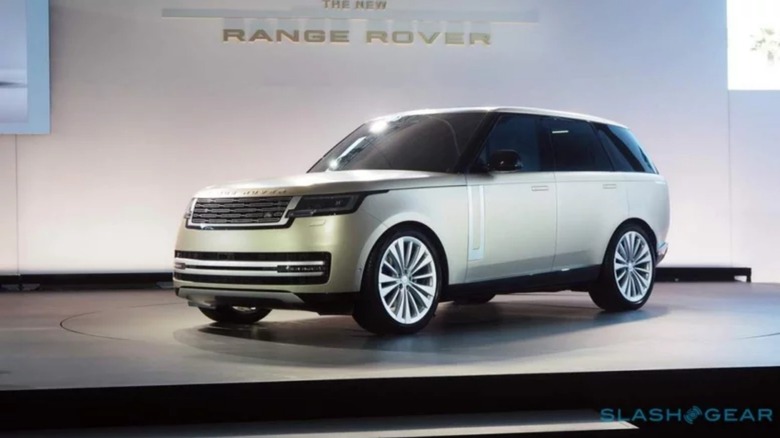The 2022 Range Rover Is Not Like Other Luxury SUVs
Some cars only really work when you see them in the sheet metal, and the 2022 Range Rover is a good example of that. Revealed in late October, this latest generation of the founding member of the luxury SUV set felt reliably handsome and circumspect in the official photos; it's only now, as it makes its US debut ahead of the LA Auto Show 2021, that the depths of its detailing become clear.
It's fair to say that "big and brash" is the status-quo in luxury SUVs. Upscale off-roaders from the likes of Maybach and Alpina have made fine work of taking already high-end models and then bedazzling them even further. A Rolls-Royce Cullinan or Bentley Bentayga are, among other things, excellent ways to take large amounts of chrome into the mud. The Range Rover recipe is somewhat different.
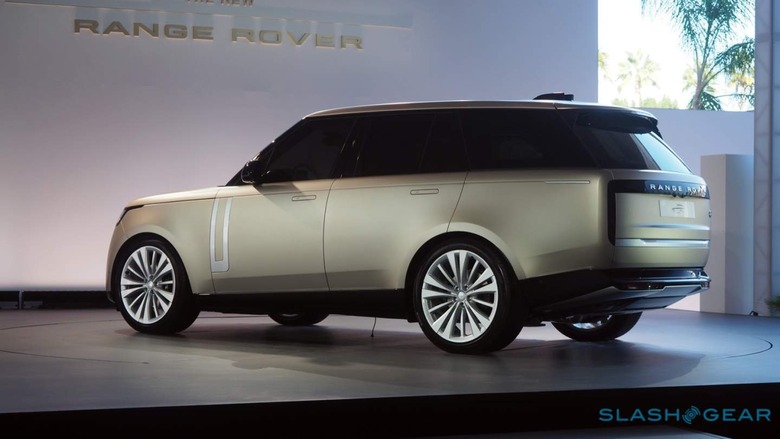
Viewed in isolation, in fact, it's easy to miss quite how much the new Range Rover has changed from its predecessor. Indeed, you could argue that Land Rover is missing a trick by not parking the two SUVs next to each other whenever possible, just to underscore quite how far this 2022 model has evolved.
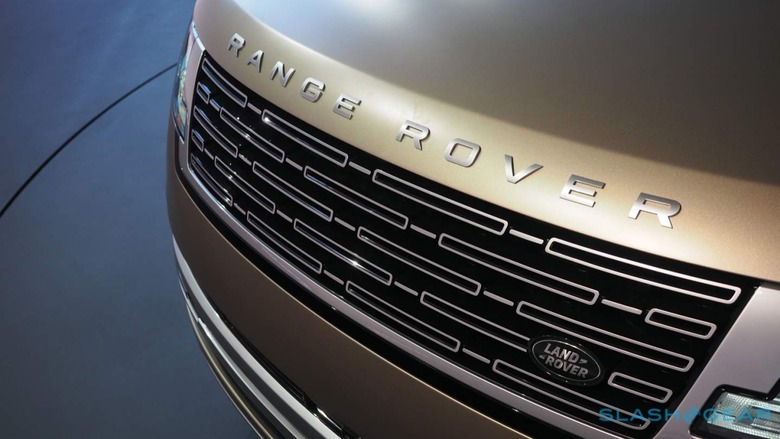
In a sense, it's a now-familiar Range Rover design language, taken to its inevitable – and largest – conclusion. The automaker demonstrated its eagerness to oust sharp creases and the burlier aesthetic of earlier models when it launched the Velar back in 2017. As smooth as a pebble burnished by long running water, it instantly took the crown as the most elegant SUV in Land Rover's line-up.
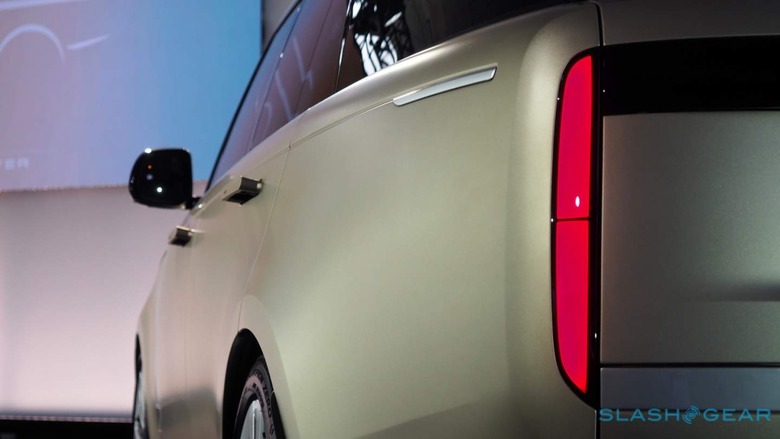
Fast forward to today, and that same talk of timeless modernism suits the new Range Rover even more. What takes a moment's comparison to realize is the absence of texture; or, more accurately, the way the extraneous detail has been pared away. Bumpers and grilles are more seamless; the glass is flush with the bodywork. Land Rover can tell you plenty about how it stamps, precision welds, and generally finesses each of the panels atop its new platform, but what lingers is how generally sleek it leaves the SUV. As though a CGI render of a car has driven right out of the screen.
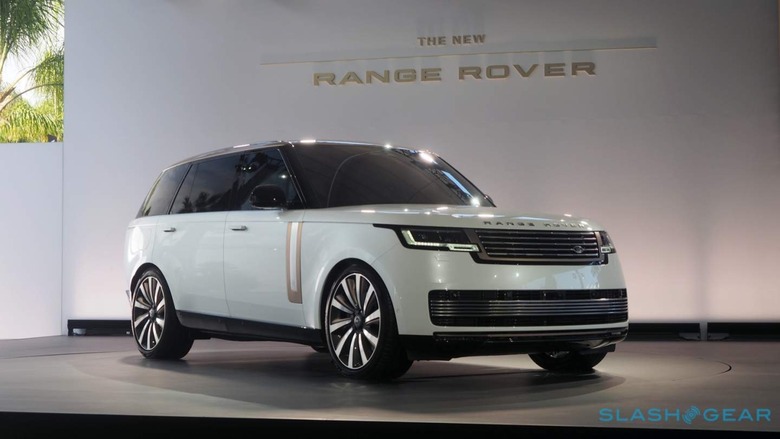
What's important to remember is that, though that "hewn from solid metal" schtick is an important one, there's more to the new Range Rover's glossy, uninterrupted design than just eye-candy. With a 0.30 coefficient of drag, automatic lowering at speed, and active aero, it's 12-percent more aerodynamically slippery than the outgoing SUV.
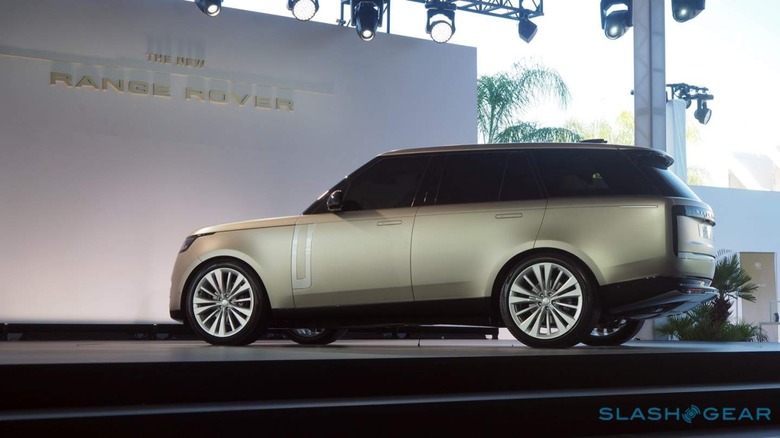
Given Land Rover's attempts to ease the Range Rover into this new age of electrification, that's an essential part of a big vehicle not embarrassing itself when it comes to range. We'll get the first taste of that next year, when the plug-in hybrid arrives; that's expected to get around 62 miles on its 38.2 kWh battery, albeit by the measure of the generally more liberal WLTP test cycle. Come 2024, meanwhile, the first fully-electric Range Rover will make its debut.
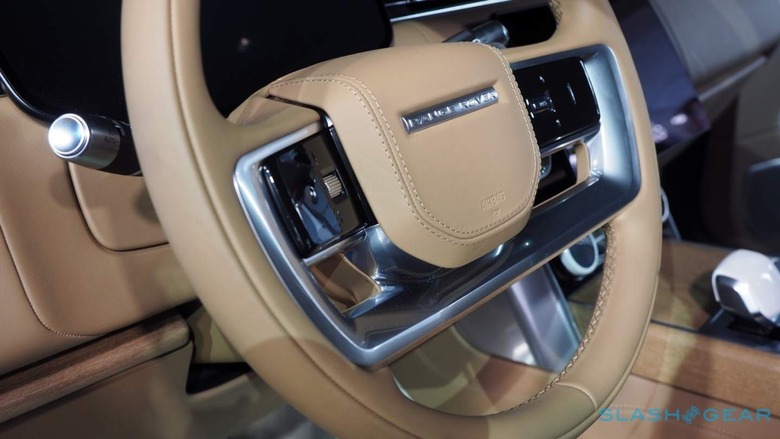
That's going to face some tough competition, both from EV upstarts like Rivian and Lucid, and from more established rivals like the big German three. Arriving relatively late to the party isn't going to do Land Rover any favors, and it really can't afford to underwhelm when it comes to the distance the Range Rover EV can drive between plug-ins.
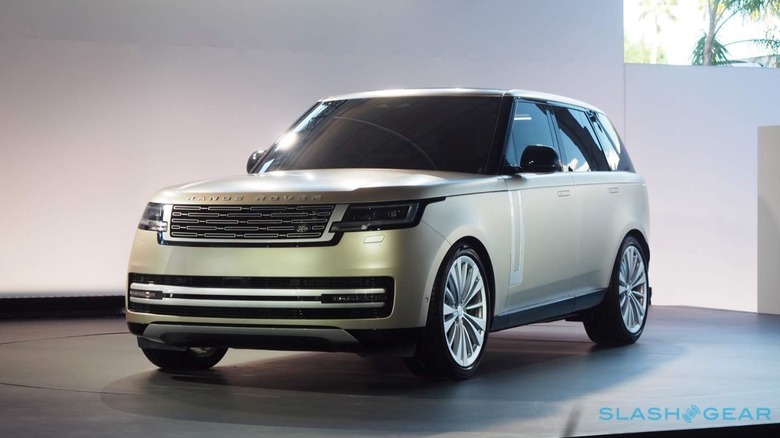
That, though, is a question for two years time. Before that, what stands out in this new Range Rover is quite how all-encompassing the automaker seems to be trying to make it. Back in the early years, with only a single model in the line-up, the Range Rover had to be everything to every owner. It was only with the arrival of the Range Rover Sport, the Evoque, and the Velar that it felt like the granddaddy of the line-up could focus on Land Rover's more singular vision of big SUV luxury.
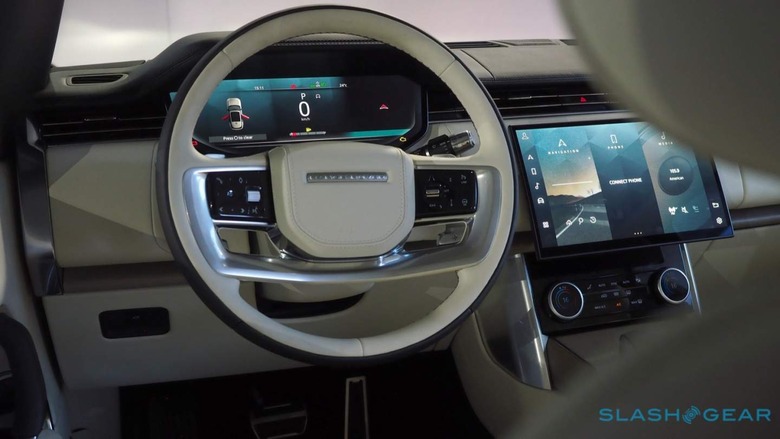
Today, however, the new Range Rover is spreading out again. Never cheap, of course, and obtainable only if you consider a six-figure truck qualifies, but Land Rover is covering as many bases as it can within that remit. At the one extreme, your 2022 Range Rover can be capacious, long-wheelbase transportation for up to seven, with the SUV's first 7-seat option. At the other end of the scale, a Range Rover SV with the Signature Suite cabin makes for a lavish four-seater, with 3+ feet of legroom to stretch out in the rear.
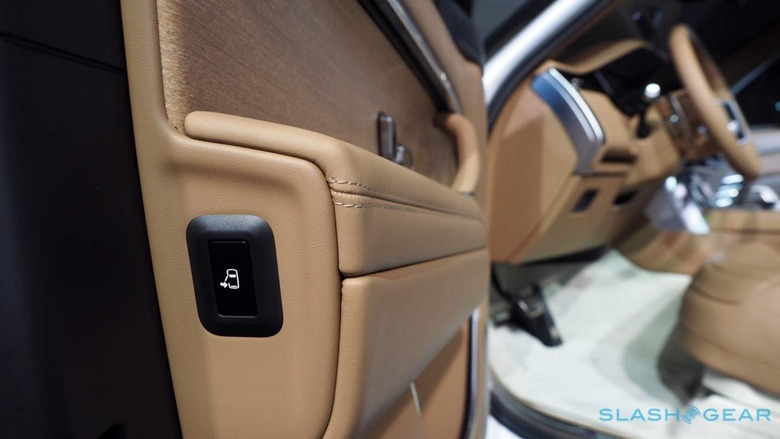
Sandwiched in-between are various configurations with five seats, with short and long wheelbase options, and of course Land Rover's three-strong array of launch engines. The cabin stretches from familiar luxury through more ambitious materials: technical fabrics with a high percentage of recycled content, for example, and a near-aniline leather that the automaker says not only feels more like furniture hide but uses fewer dyes and other chemicals in the process.
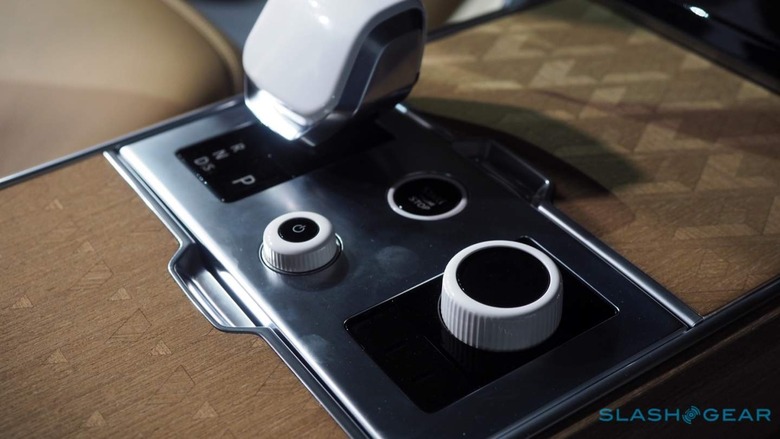
Some of the trim decisions work more successful than others, I suspect – the white ceramic switchgear in certain SV configurations is certainly a labor of hand-finished love, but I'm not entirely sure it looks better than the regular brushed metal – and depending on budget your interior can feel solid and understated through to outright lavish bordering on ostentatious. Perhaps that's as it should be, for an SUV attempting to be so many things to so many audiences.
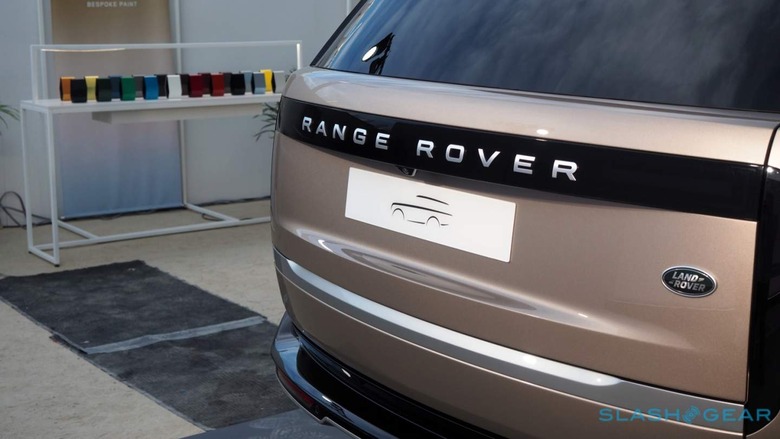
If it works – and I think, for the most part, it does – then that's down to Land Rover understanding just what makes its flagship so compelling. Purists may bemoan the further distancing of this fifth-generation model from the more rugged designs of the earlier iterations, which undoubtedly wore their work talents more clearly on their sleeves. Nonetheless, given the number of people who actually take their Range Rover off-road, this evolution toward even greater on-road civility is something which can hardly be argued with.
